When working, you couldn’t just jump in and start without proper planning. It is important that you know what to do in order to complete a project. Another thing, you need to learn how to prioritize essential tasks that would help you finish a project on time. This means that you should not linger and use your time wisely. Skip doing things that are not so important and block interruptions to your work. Well, this could be easier said than done but if you are determined enough, you will be able to define important tasks and prioritize them.
So, today, we will be giving you some tips on how you can determine essential tasks and how you can effectively prioritize those tasks. As a freelancer, you have to learn how to foresee the consequences of every single thing you do for a project. You have to make sure that you will keep a good reputation as a freelancer in order to succeed in this career. With this in mind, you could be moved to pay attention to the essential tasks for a freelance design job. You can also do some further readings that are related to the topic.
How to Determine Essential Tasks
The first thing that you would need to do is to determine if a task is essential or important. It would be easy to understand this using the Urgent-Important Matrix. Urgent tasks are those that need immediate attention while important tasks are those that you really need to work on. We have already cited this in a previous post on Time Management Tips for Designers.
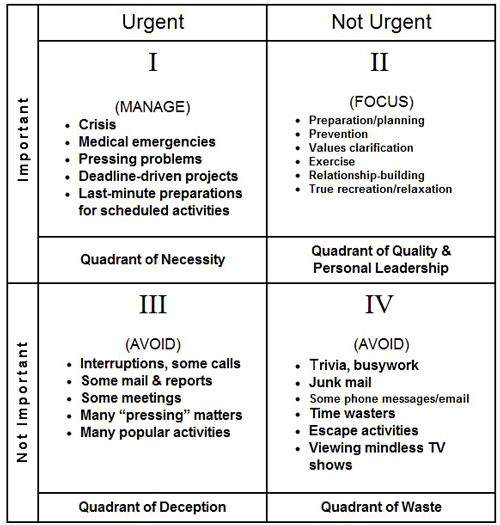
As you can see, there are four quadrants. These four quadrants could help us check on what we need to do. In Quadrant I (Urgent and Important) are important goals that needs to be managed, Quadrant II (Not Urgent but Important) contains critical activities that needs focus, Quadrant III (Not Important but Urgent) are distractions for your work and Quadrant IV (Not Urgent and Not Important) are interruptions. So, before you refer to the matrix, you would need to list down the activities first. After creating the list, mark them or number them as to the level of importance. When you are done with that, place them into the quadrant where they belong.
Bear in mind that in order to be productive, you have to work on activities in Quadrant I first and then in Quadrant II. You would also need to spend more time on Quadrant II activities. Now, how are you going to deal with the activities in each quadrant? We will give you tips and strategies on how to deal with each one.
- Quadrant I. There would be two types of urgent and important activities, the foreseen and the unexpected . Plan ahead for the foreseen activities which can also help you to avoid unexpected tasks to happen. If there are some issues or concerns that come unexpectedly, then you have to work on them at once. This might mean that you have to adjust your schedule but it is better to work on it immediately than to skip the task. Remember, you should not procrastinate.
- Quadrant II. Make sure that you will be able to work on task for this quadrant. See to it also that you can allocate a time for this. Tasks in this quadrant can help you achieve your personal and professional goals. Work on the tasks properly and on time so that it won’t become urgent.
- Quadrant III. Most of the time, activities under this includes other people like if someone needs your help to work on something. It is urgent but for you to achieve your goals, it is not important. You need to learn how to say no to favors and other distractions to work.
- Quadrant IV. Activities in this quadrant can actually be cancelled. So, if you feel the urge to open your mail just to check it in the middle of a work, stop yourself. You need to learn self-control and self-discipline so you can focus on the activities in Quadrant I and II.
So, those are the strategies on how you can work on the activities under different quadrants. Also, this will help you determine the essential tasks for a certain project you have. Now, let us look into how you can prioritize these tasks through the tips below.
How to Effectively Prioritize Essential Tasks
We will be giving you some tips on how you can prioritize the tasks that fall under Quadrant I. But you should also not forget to spend time for Quadrant II as well. To help you keep an eye on the important tasks, here are tips for you:
1. Create a project flow.
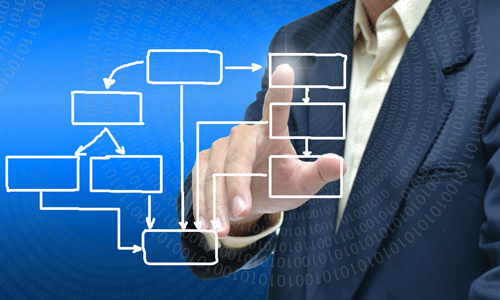
A project flow shows your design process. Before you begin working, you have to create one first. Doing this will give you a guide on how you can work on your project. This will also help you focus on the tasks that you need to do for a certain project. Make sure that if you make a project flow, you will follow it. Also, be able to determine what the critical tasks are because you would need to work more on them.
2. Have a schedule.
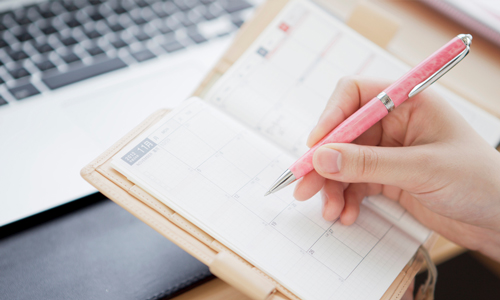
Of course, you know this would be included. List down your tasks which are in your project flow, have a complete schedule where you will place the length of time needed for each task and also the exact time you plan to work on it. Post this schedule in your work area.
3. Check your development.

After you made your work flow and schedule and you have actually started working on your project, make sure that you monitor your progress. You can do this by setting several deadlines in your schedule. As you accomplish every minor deadline, you are also able to take a closer step towards your major deadline. Checking your developments will also help you improve in a project.
4. Determine the length of time you need.
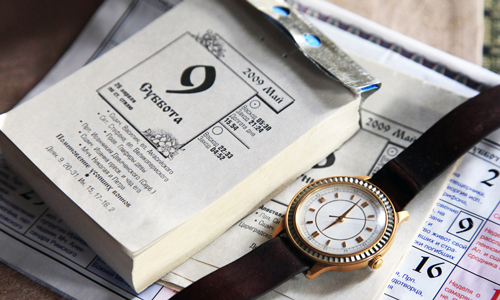
Aside from creating a work flow, you have to make sure that you allocated a certain amount of time for each task. This will guide you on how long you would be working for a project. Also, you will be able to focus on the harder tasks which needs more time to work on.
5. Look at the deadline.
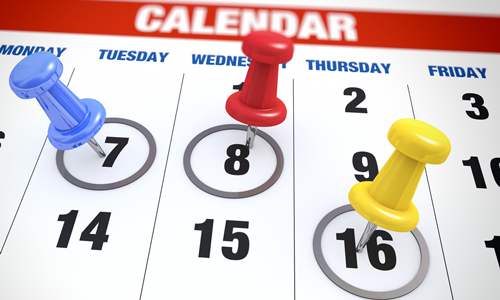
It would always be better if you are aware of your deadline. This will lessen your urgency to work and would allow you to have enough time to work on a project. Once you already know the deadline of the client, you can create your own deadline which should be earlier than the client’s deadline. This way, you will be able to finish it ahead of time and you will be given enough time to do revisions and incorporate corrections if there are any. You will also be able to meticulously check every detail of the project. Working with the deadline in mind will help you focus on the project.
6. Know the consequences.

What are these consequences? We are talking about what would happen if you won’t work on the task. What will happen if you skip a certain task from your workflow? What will happen if you won’t be able to deliver the project at the right time or if you will deliver it with low quality? Think about questions like this. Seeing the outcome of failure will move you to work better.
7. Focus on finishing tasks.

Merely working on a task is not an assurance that you will be able to finish doing them. You have to oblige and motivate yourself to really finish it. When working, always say “I need to finish this!” If you feel like giving up, repeatedly tell yourself to continue working.
8. Know the benefits you can get.

We have mentioned that you have to think of the consequences of your actions if you are unable to focus on your task or if you will not do your tasks. Aside from that, you can also look into the benefits you can get if you’ll end up successful with your task. These benefits include acquisition of your earnings, good reputation, good client relationship and possible career success.
9. Set a reward.

Setting a reward is one way in motivating yourself to focus and prioritize your tasks that are essential to your work. You will be inspired and totally fueled to work because you would like to get the reward in the end. Working could also be like a game. If you play the game well, you’ll get a high reward.
10. Keep your eye on the payment.

Another good way to urge you in prioritizing is to keep an eye on the payment. Try to compute how much you will be earning. For sure, your earnings will move you to work well. Also, if you finish the project earlier, you will be able to get the payment earlier too.
11. Stick to your words.

Be able to maintain good client relationships not just through proper communication with them but also by sticking to your promises. Make sure that you will be able to keep all your promises and you will do everything that you have mentioned during your meeting with the client. The client will surely be looking forward to the things you have promised to work on.
With the tips above, you would surely be able to prioritize the essential tasks for a particular freelance design project. This can also make you a better worker since you can be more productive and you will be able to work systematically. It is always important to have a system so that you will have a path to follow while working. This can also help you to avoid distractions and interruptions.
More Tips in Prioritizing Essential Tasks
Aside from the tips we have above, there are still more tips that we can give you through the following articles:
1. Time Management Tips for Designers. Be guided with 18 valuable tips on how you can manage your time wisely. Bear in mind that “time is gold” and you need to use every minute of it in the right way.
2. How Designers Can Hit Deadlines before Clients Hit Them. Avoid getting screwed by delivering your design projects on or before the deadline. You will get tips on how to be a responsible freelancer by finishing on time.
3. How to Keep a Realistic Timeline. Some freelancers create a work timeline that they actually cannot do. It is important to create a realistic schedule so that you can finish your work on time.
4. How to Keep an Eye on Your Freelance Deadline. For this article, we will give you tips on how to focus on your deadline so that you will not miss them. A deadline is one important factor to keep you motivated to work.
5. Jump Start Your Day Rightly and Be More Productive.One of the best way to work well for your tasks is to start your day right. Check out how you can do that and be more productive.
6. Freelancers: Why Not Procrastinate?Get to know the reasons why a freelance designer should not procrastinate. If you are fond of procrastinating, this article will help you stop the bad habit and be able to work on essential tasks on time.
It’s Your Turn Now
Being able to determine essential tasks for a project will certainly help you to focus on it. You will also be able to maximize your time and end up being productive. If you are focused on your work, there is also a great chance for better learning and improvement. Aside from that, you could get satisfied clients resulting into possible returning clients. So, instead of including irrelevant tasks to your work process like chatting with someone online while working, avoid them and you’ll surely be happy with the result. How about you? Do you prioritize essential tasks? How do you benefit from it?







